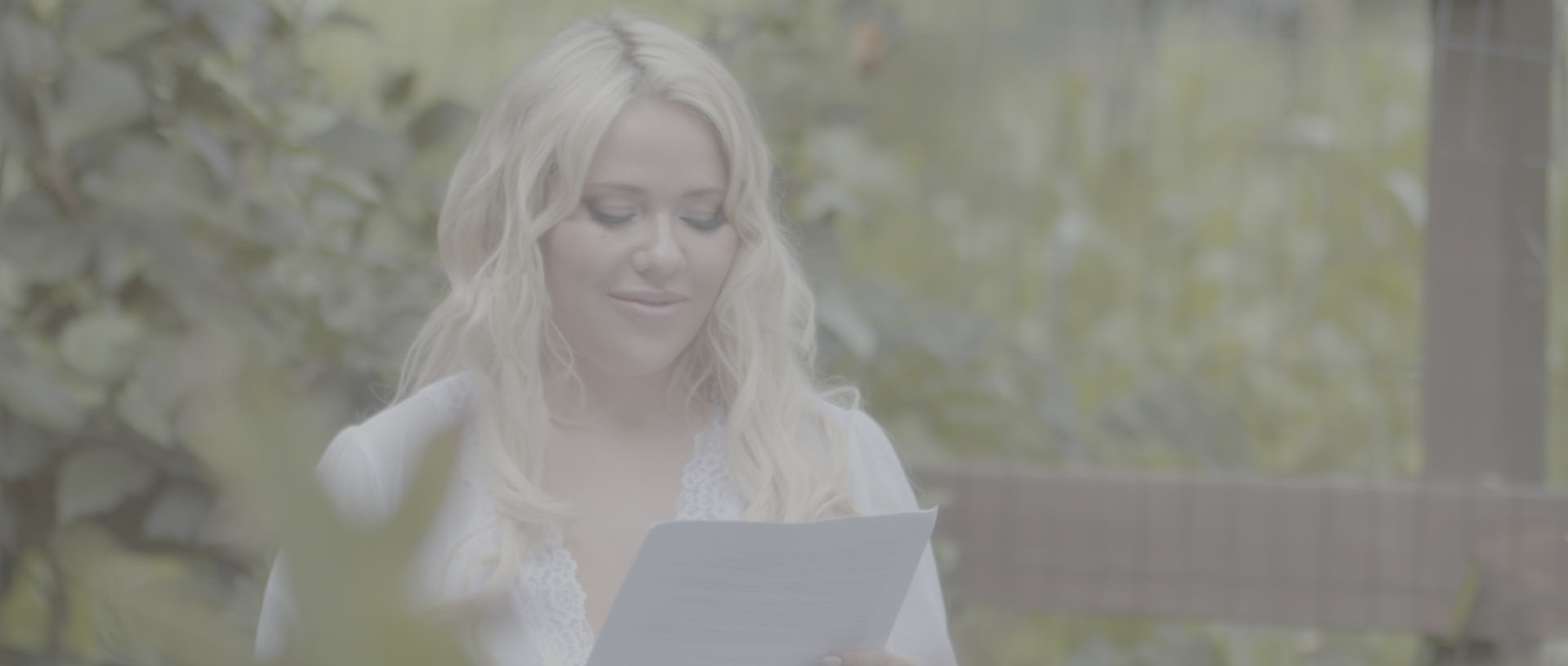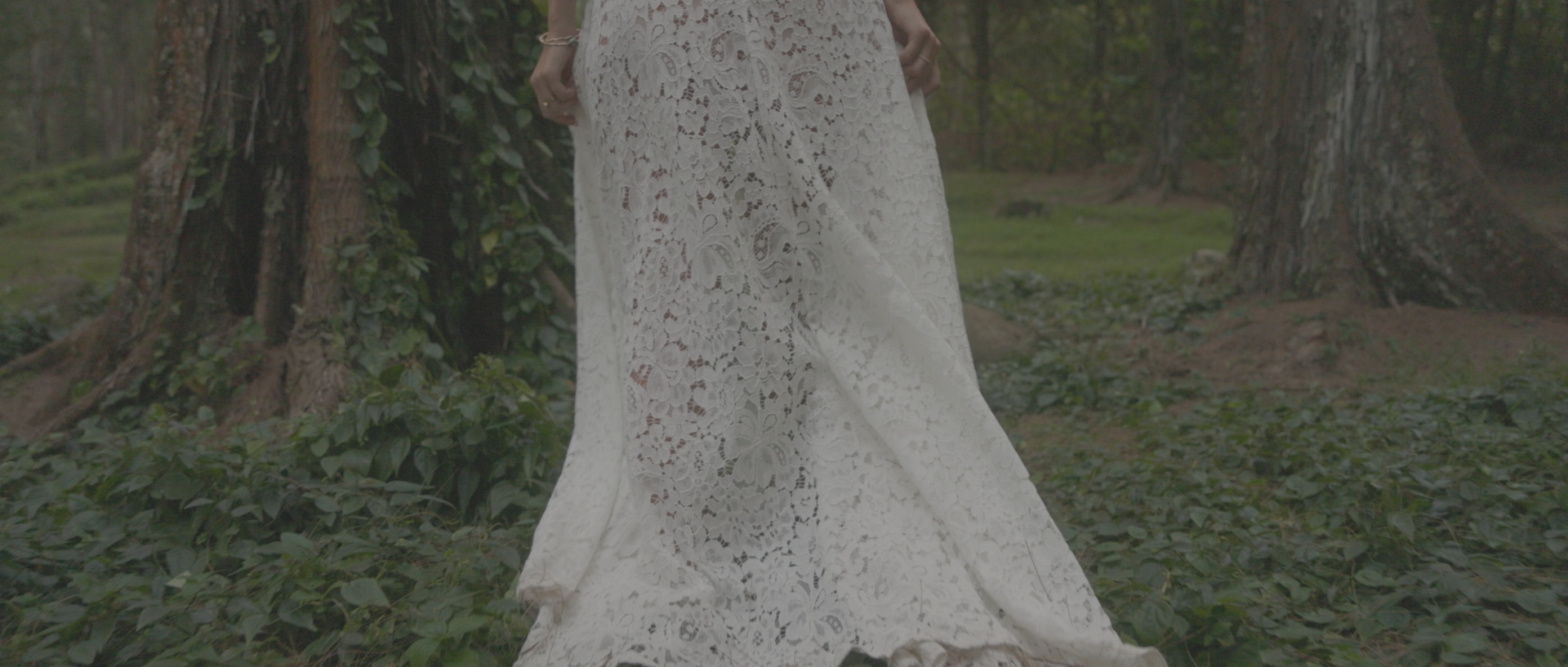

Wedding Video Color Grading: A Comprehensive Guide
Introduction to Wedding Video Color Grading
First and foremost, color grading is the process of adjusting and enhancing the colors, tones, and overall mood of a video to create a visually compelling and cohesive final product. Specifically, wedding videos benefit from this process as it adds depth, emotion, and a polished look to the captured memories. In this article, we’ll explore the importance of color grading in wedding videos, the essential tools you’ll need, and a step-by-step guide to achieving professional results.
The Importance of Color Grading
Undoubtedly, color grading isn’t just about making your footage look pretty. It plays a crucial role in the overall feel and storytelling of a wedding video. Let’s delve into the reasons why color grading is so important.


Creating a Consistent Aesthetic



For instance, wedding videos often consist of footage from different cameras, lighting conditions, and shooting locations. Color grading ensures that all these elements blend seamlessly, creating a consistent look and feel throughout the video. Consequently, a well-graded video enhances the visual experience and prevents any jarring transitions that might distract viewers from the story being told.
Enhancing Storytelling


Moreover, colors can evoke emotions and set the mood for a scene. By skillfully manipulating colors and tones, a colorist can amplify the emotions of a wedding video, making it more engaging and memorable. Subtle changes in color can emphasize important moments, draw attention to specific details, or create visual contrast between different parts of the wedding day.
Essential Tools for Wedding Video Color Grading

In order to achieve professional results, you’ll need the right tools for color grading your wedding videos. Here are some essential software and hardware tools you should consider.
Color Grading Software
On one hand, several video editing applications offer powerful color grading features. Here are three popular options:
Adobe Premiere Pro
Premiere Pro is a popular video editing software that includes a comprehensive set of color grading tools. The Lumetri Color panel allows you to perform basic color corrections and create custom color grades using curves, color wheels, and other advanced features.
DaVinci Resolve
DaVinci Resolve is a professional color grading software with an extensive range of tools for both color correction and creative grading. Its node-based workflow enables precise control over every aspect of your image, making it a favorite among professional colorists.
Final Cut Pro X
Final Cut Pro X is a user-friendly video editing software for macOS users. Its color grading features include a color board, color wheels, and color curves, allowing you to fine-tune your footage with ease.
Color Grading Hardware
On the other hand, in addition to software, investing in some color grading hardware can significantly improve your workflow and results.
Color Grading Monitors
A color-accurate monitor is essential for achieving accurate color grading. These monitors display a wider color gamut, have better contrast ratios, and are calibrated to ensure that the colors you see on screen accurately represent the final output. Some popular options include the EIZO ColorEdge series, BenQ SW series, and Dell UltraSharp series.
Color Grading Panels
A color grading panel is a dedicated hardware controller designed to speed up your color grading workflow. These panels offer physical knobs, wheels, and buttons that allow for more precise and intuitive control over your color adjustments. Some popular options include the Tangent Wave2, Blackmagic Design DaVinci Resolve Micro Panel, and Avid Artist Color.
Wedding Video Color Grading Workflow
Now that we’ve covered the essential tools, let’s dive into a step-by-step guide to color grading your wedding videos.
Importing and Organizing Footage
Initially, the first step in the color grading process is to import and organize your footage. Create a project in your chosen color grading software and import all of the video clips from your wedding shoot. Organize the clips into timelines or bins based on the scenes, cameras, or any other logical grouping that makes sense for your project.
Color Correction
Next, before diving into creative color grading, you’ll need to perform color correction on your footage. This step involves fixing any exposure, white balance, or color balance issues. Adjust the contrast, saturation, and hue to achieve a neutral and balanced look across all your clips.
Color Grading
Once your footage has been color corrected, it’s time to get creative with color grading.This is where you’ll apply your chosen color palette, adjust the overall mood, and enhance the storytelling of your wedding video. Use tools like color wheels, curves, and LUTs (Look-Up Tables) to manipulate colors and tones. Experiment with different looks, but remember to keep the overall aesthetic consistent throughout the video.
Exporting the Final Video
After you’ve finished color grading your wedding video, it’s time to export the final product. Choose the appropriate export settings for your desired delivery format, such as H.264 for online streaming or Apple ProRes for high-quality archival. Make sure to double-check your video for any artifacts, color inconsistencies, or other issues before delivering it to your clients.
Tips for Successful Wedding Video Color Grading
- Develop a color grading style that complements the theme and atmosphere of the wedding.
- Don’t overdo it – subtle changes can have a significant impact on the overall look of your video.
- Communicate with your clients to understand their preferences and vision for the final product.
- Keep your color grading workflow organized and efficient to save time and avoid mistakes.
- Continuously learn and improve your color grading skills by watching tutorials, attending workshops, and studying the work of professional colorists
Conclusion
Wedding video color grading is an essential skill for creating beautiful, polished, and emotionally engaging wedding films. By understanding the importance of color grading, investing in the right tools, and following a consistent workflow, you can elevate your wedding videos to a professional level. With practice and dedication, you’ll be well on your way to creating stunning wedding videos that your clients will cherish for a lifetime.
FAQ
1. How long does it take to color grade a wedding video?
The time it takes to color grade a wedding video depends on several factors, such as the length of the video, the complexity of the footage, and the colorist’s experience. On average, it can take anywhere from a few hours to several days.
2. Do I need to color grade my wedding video if I shoot in a flat or log profile?
Yes, shooting in a flat or log profile requires color grading to bring out the full potential of the captured footage. These profiles provide more dynamic range and flexibility in post-production, allowing you to create a more polished and visually appealing final product.
3. **What is the difference between color correction and color grading?** Color correction involves fixing any technical issues with the footage, such as exposure, white balance, or color balance, to achieve a neutral and balanced look. Color grading, on the other hand, is the creative process of adjusting colors and tones to enhance the mood, emotion, and storytelling of a video.
4. Can I learn color grading on my own, or do I need to take a course? While taking a course can provide structured guidance and hands-on experience, many resources are available online for learning color grading on your own. Tutorials, forums, and blogs can help you develop your skills and understand the techniques used by professionals.
5. Is it necessary to invest in expensive color grading software and hardware? While professional color grading software and hardware can improve your workflow and results, it is not necessary to invest in expensive tools when starting. Many affordable or even free software options offer powerful color grading features. As your skills and business grow, you can consider investing in more advanced tools.

